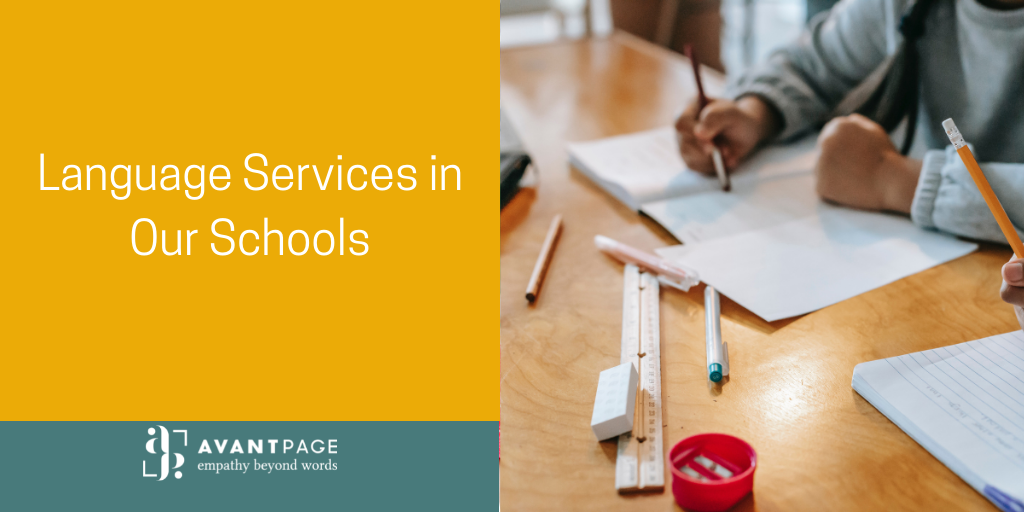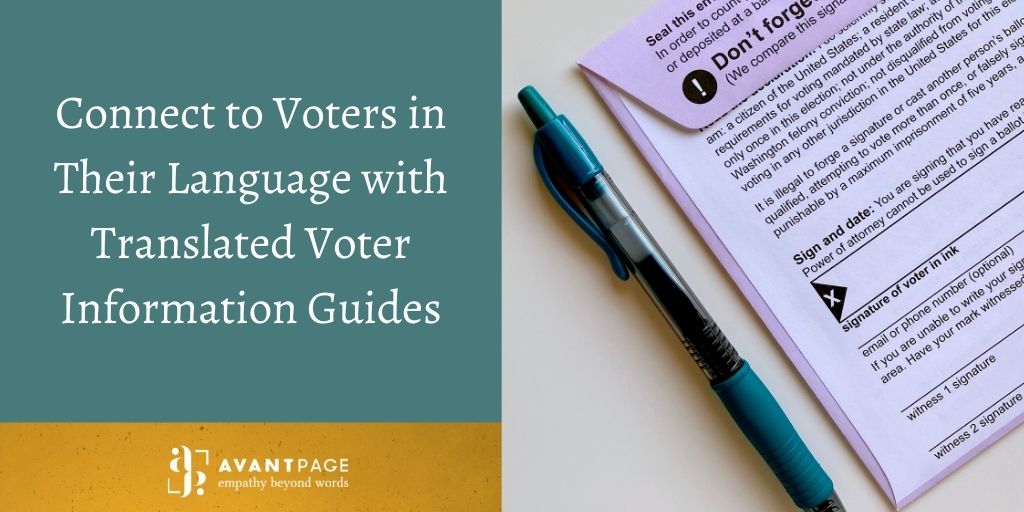
by Krysta Scripter | Sep 8, 2021 | Education Translation, Translation, Translation Cost, Translation Resources
By Avantpage School districts have very specific language service needs to support their Limited English Proficient (LEP) families. As a language service provider (LSP) with a mission to connect people linguistically, we’ve worked with several school districts to...

by Krysta Scripter | Aug 20, 2021 | Healthcare Translation
By Joanna Oseman Let’s face it–navigating our healthcare system can be a challenge for anyone. From finding a provider to searching for the right form, it’s almost never a simple activity. Now imagine that you don’t speak or read English as you try to navigate through...

by Krysta Scripter | Jul 29, 2021 | Translation
A special election for the recall of California Gov. Gavin Newsom is set for September 14, 2021. The last time this happened in California was in 2003 when Gov. Gray Davis was recalled and replaced by Arnold Schwarzenegger. When an election occurs, there are strict...



